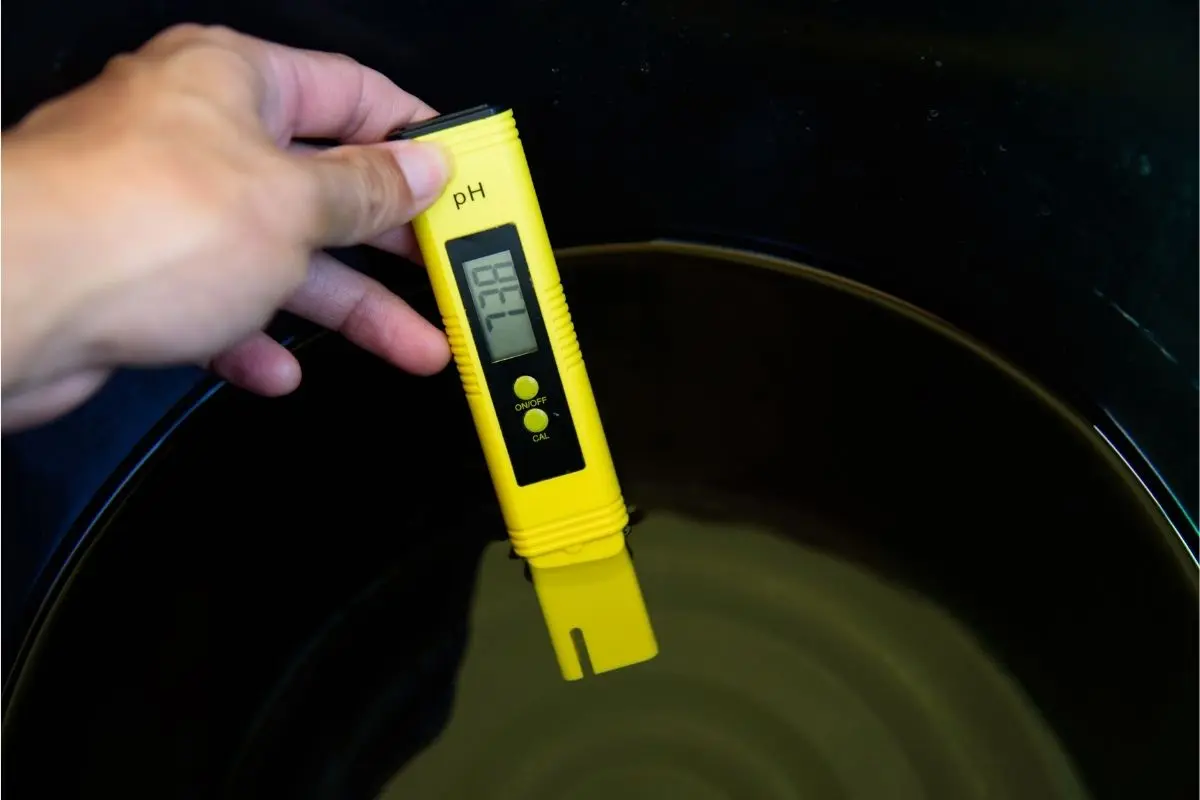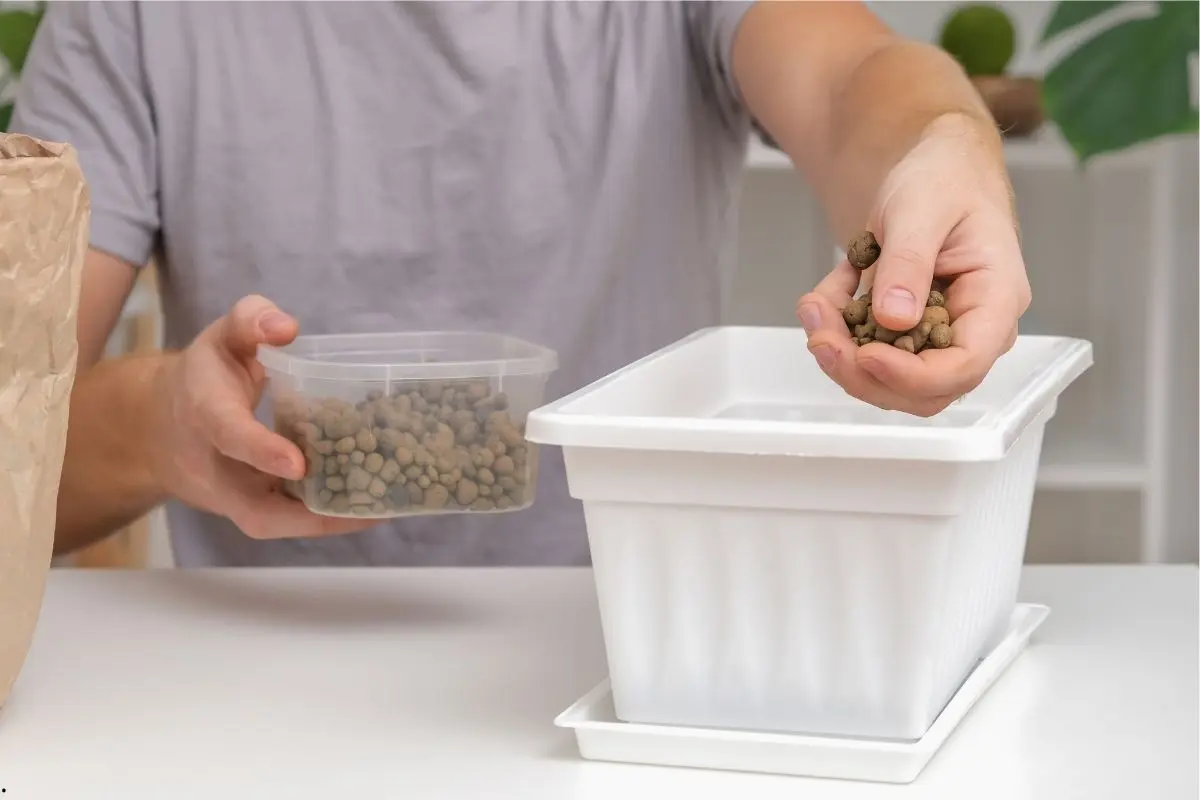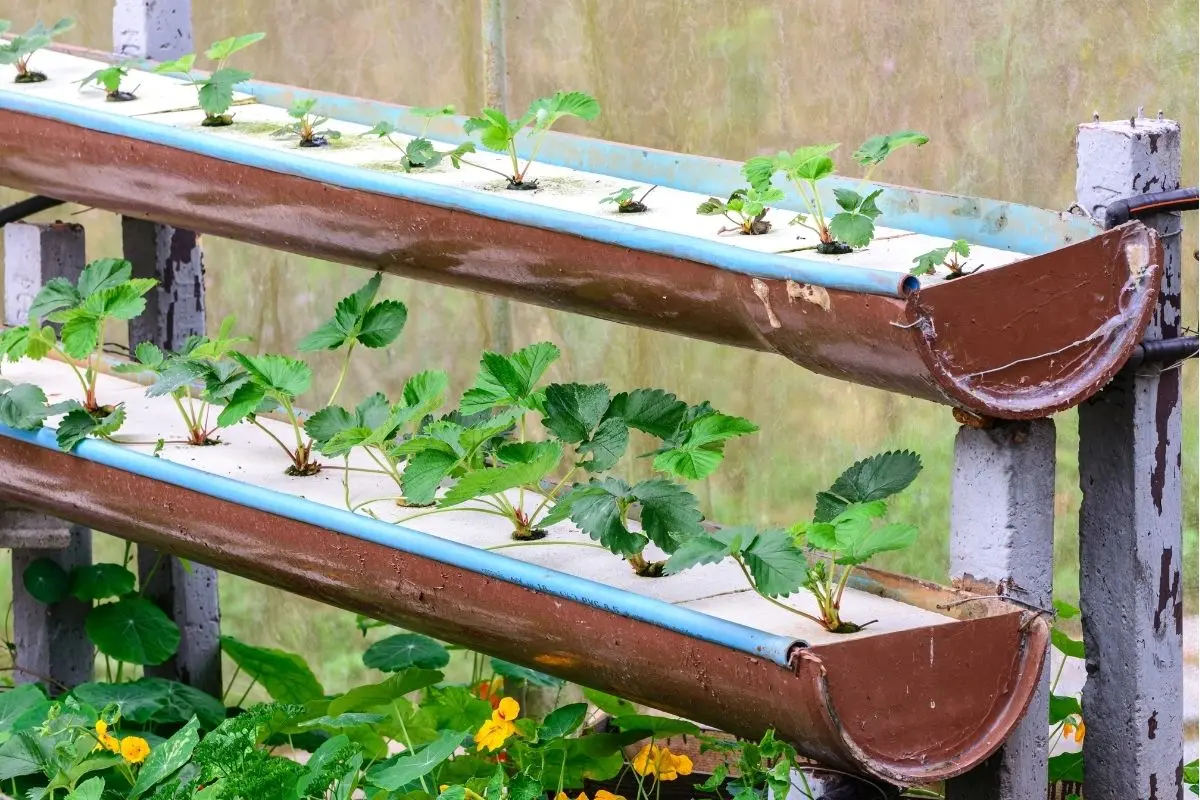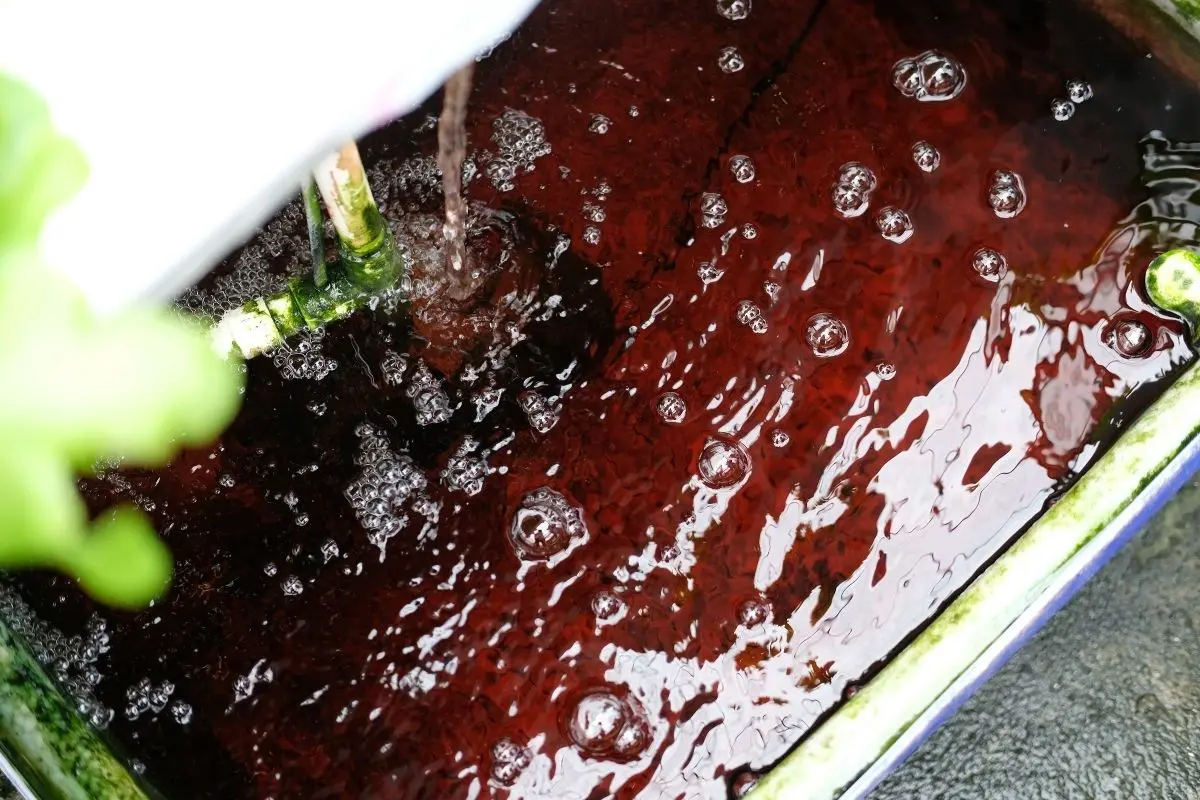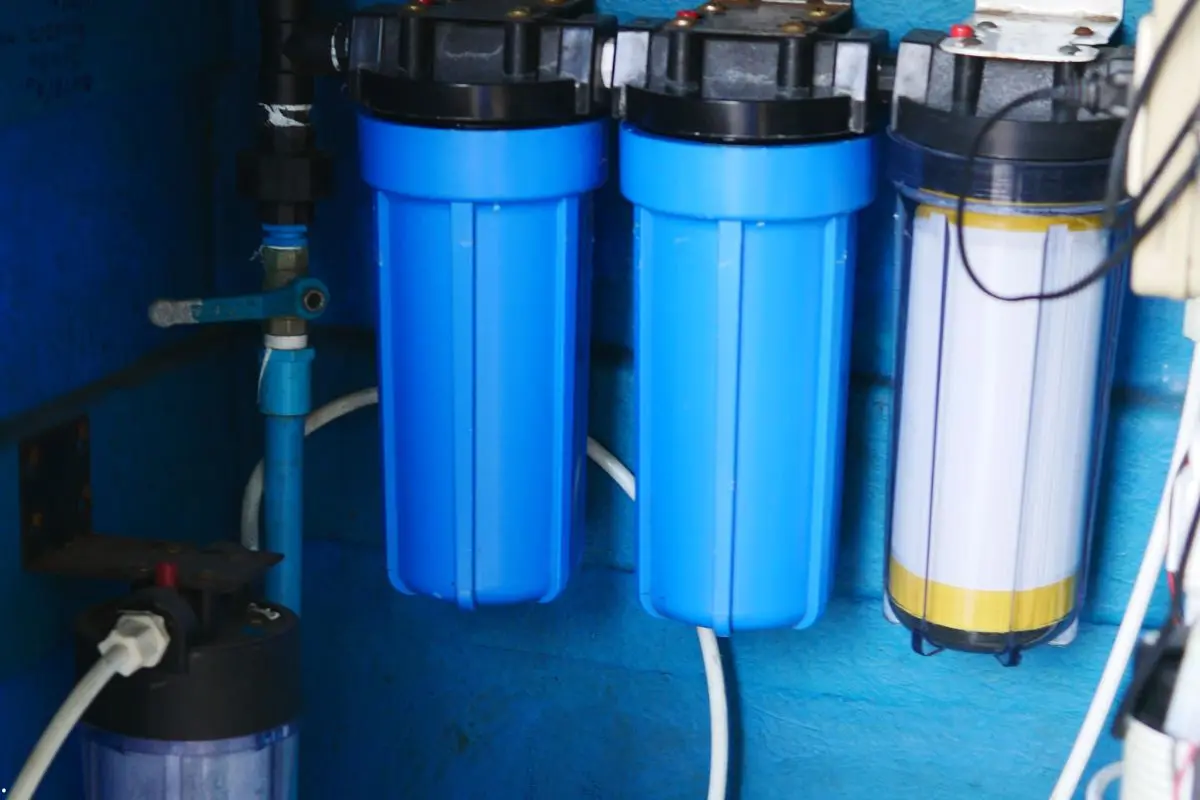Hydroponic cultivation opens up new possibilities for cannabis growers. Plants often grow faster, yields can be bigger, and growers gain precise control over the growing process. But with that precision comes responsibility: in hydroponics, there is no margin for error. Everything the plant receives comes directly from the nutrient solution prepared by the grower. This is why two parameters — pH and EC — are absolutely crucial.
What Is pH and Why Does It Matter?
pH measures how acidic or alkaline the nutrient solution is, on a scale from 0 to 14, with 7 being neutral.
In hydroponics, the optimal range is typically 5.5 to 6.5. Here’s why:
- At low pH (too acidic), plants struggle to absorb calcium and magnesium.
- At high pH (too alkaline), uptake of iron and phosphorus is restricted.
This leads to nutrient lockout — deficiency-like symptoms not because nutrients are missing, but because they are unavailable to the roots.
EC – Electrical Conductivity as a Nutrient Indicator
EC (electrical conductivity) indicates the concentration of dissolved salts (nutrients) in the solution by measuring its ability to conduct electricity.
- Low EC = plants are underfed, growth slows, leaves turn pale.
- High EC = risk of nutrient burn, damaged roots, and stunted development.
Typical EC values vary depending on the growth stage:
- Seedlings & clones: 0.4–0.8 mS/cm
- Vegetative stage: 1.2–1.8 mS/cm
- Flowering stage: 1.8–2.2 mS/cm
How to Monitor and Adjust pH and EC
- Use digital meters – a reliable pH/EC meter is the hydro grower’s best friend. Take frequent readings.
- Adjust pH – with pH down (phosphoric acid is common) or pH up (potassium hydroxide, for example).
- Observe your plants – even if numbers look correct, plant symptoms may tell you otherwise.
- Change the solution regularly – nutrient solutions degrade; replace them every 7–10 days.
Common Problems with pH and EC
- pH drift – natural fluctuations caused by root activity. Solution: check more often or use automated controllers.
- Sudden EC spikes – caused by overfeeding. Solution: dilute gradually and test each time.
- Nutrient lockout – looks like a deficiency but is really pH imbalance.
Reference Table – Optimal pH and EC in Hydroponics
| Growth Stage | Optimal pH | Optimal EC (mS/cm) |
|---|---|---|
| Seedlings / Clones | 5.5–5.8 | 0.4–0.8 |
| Vegetative Growth | 5.8–6.2 | 1.2–1.8 |
| Early Flowering | 5.8–6.3 | 1.5–2.0 |
| Full Flowering | 6.0–6.5 | 1.8–2.2 |
| Final Flush | 5.8–6.2 | <0.4 |
Conclusion
Hydroponics offers huge potential but requires precision and discipline. Monitoring pH and EC is the foundation of success — these two values determine whether nutrients are available to the plant and in what amounts.
Maintaining stable pH and EC means strong roots, rapid growth, and generous yields. Ignoring them leads to nutrient lockouts, deficiencies, or burned leaf tips.
In hydroponics, every detail counts — and mastering pH and EC gives the grower a clear advantage, ensuring their system runs exactly as it should.

